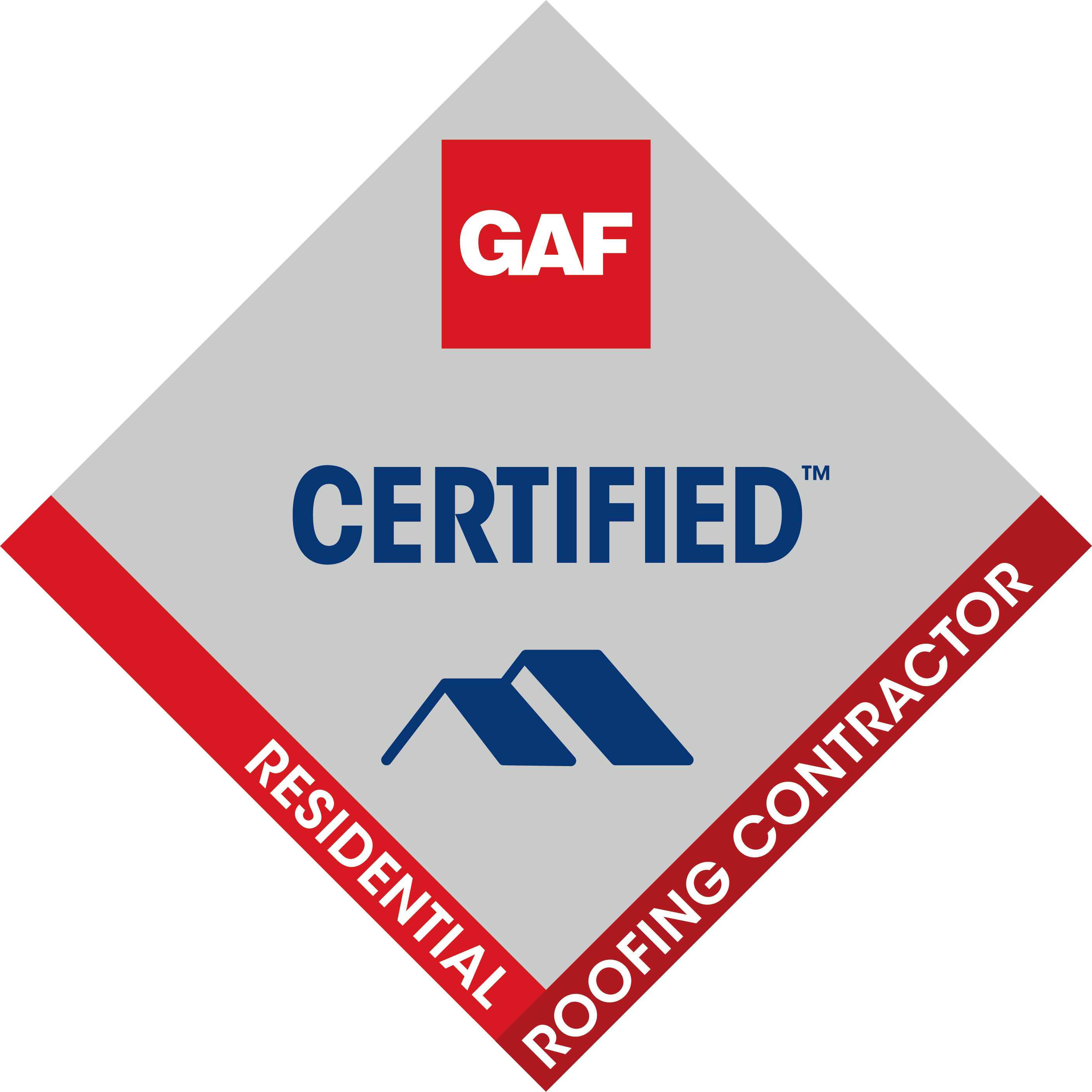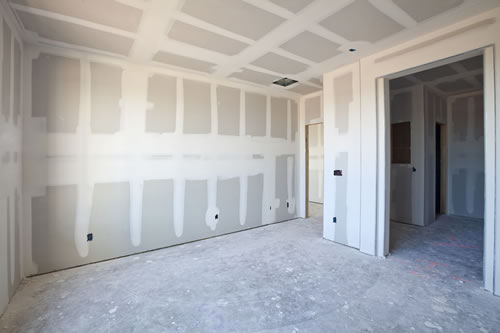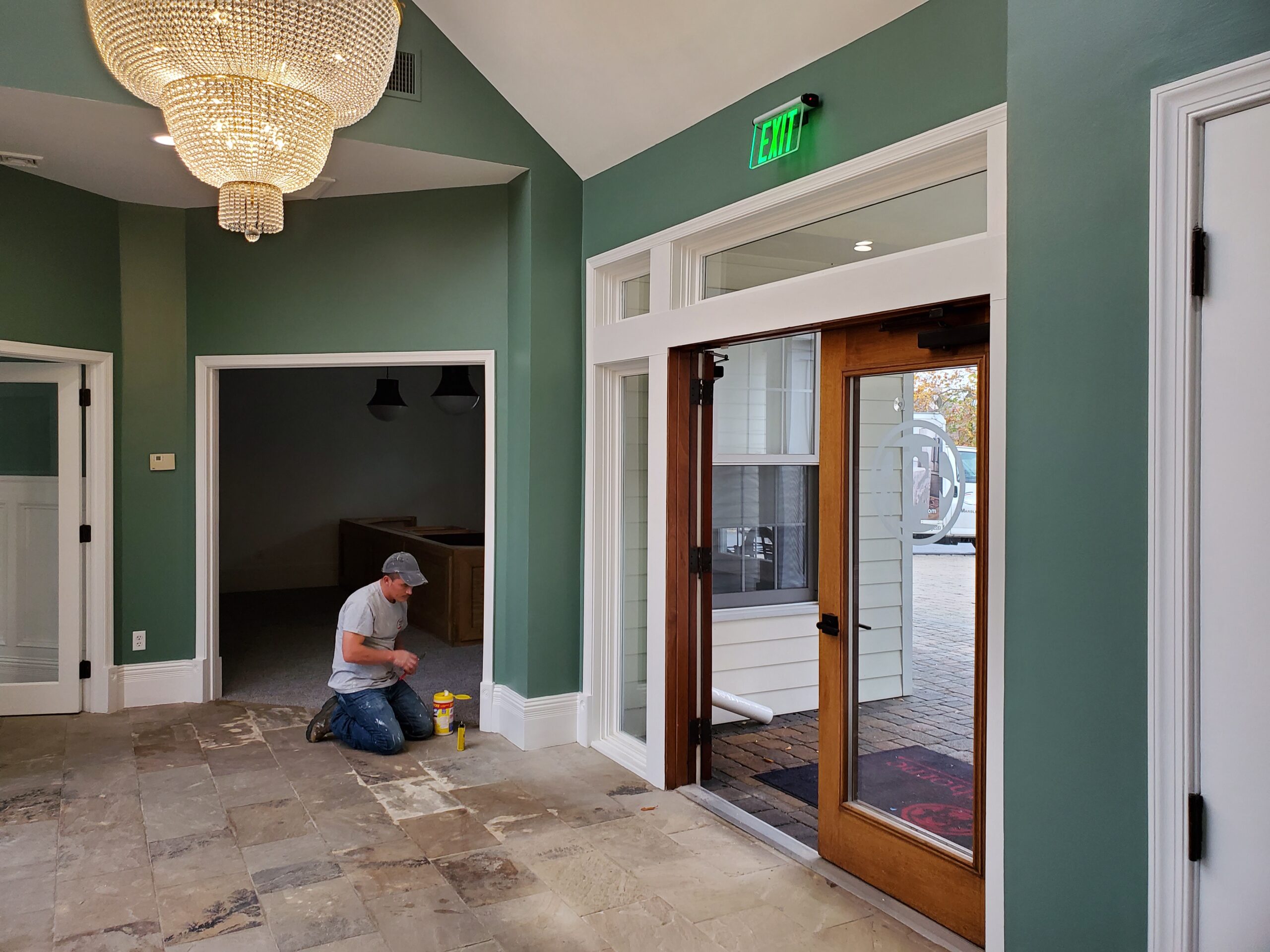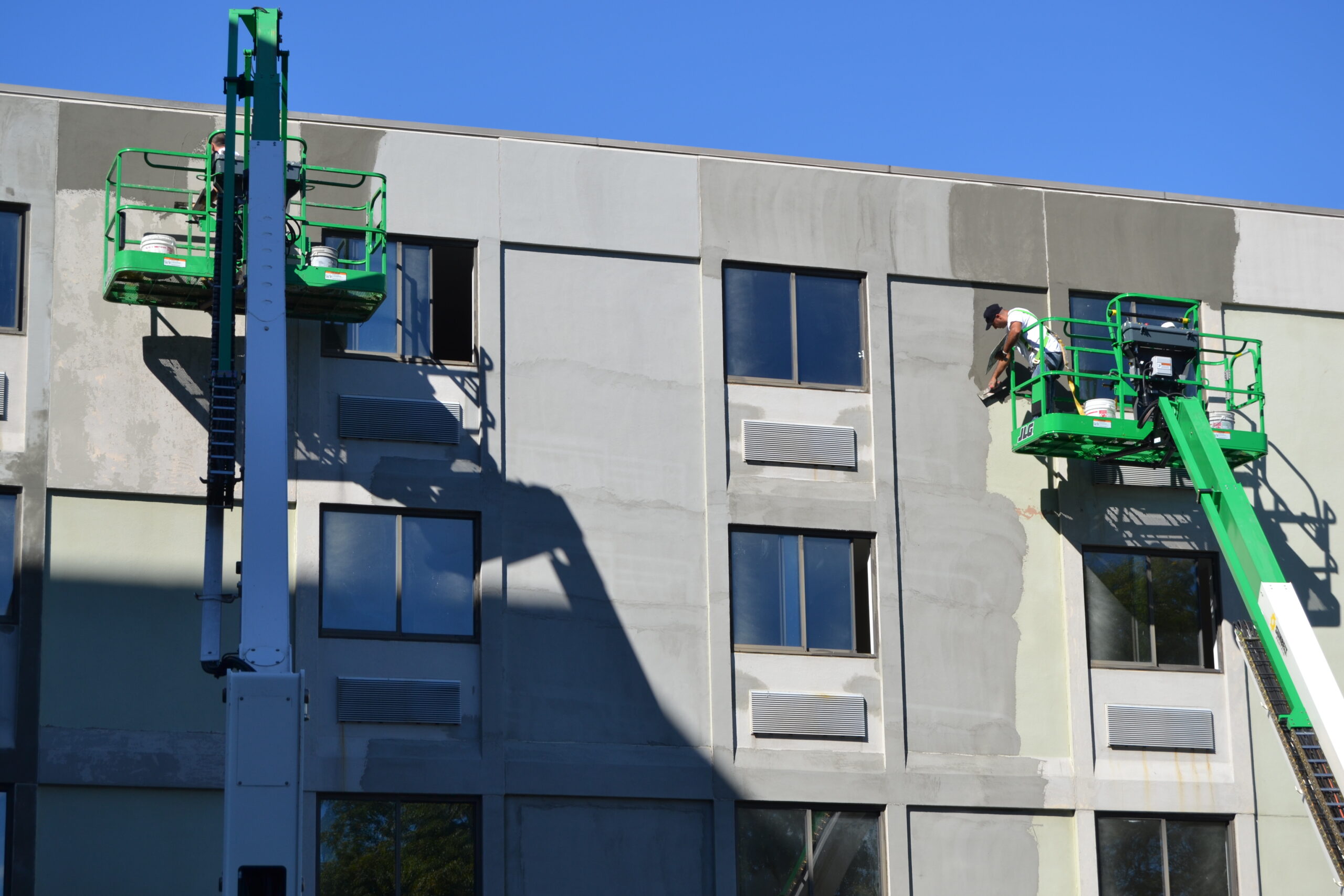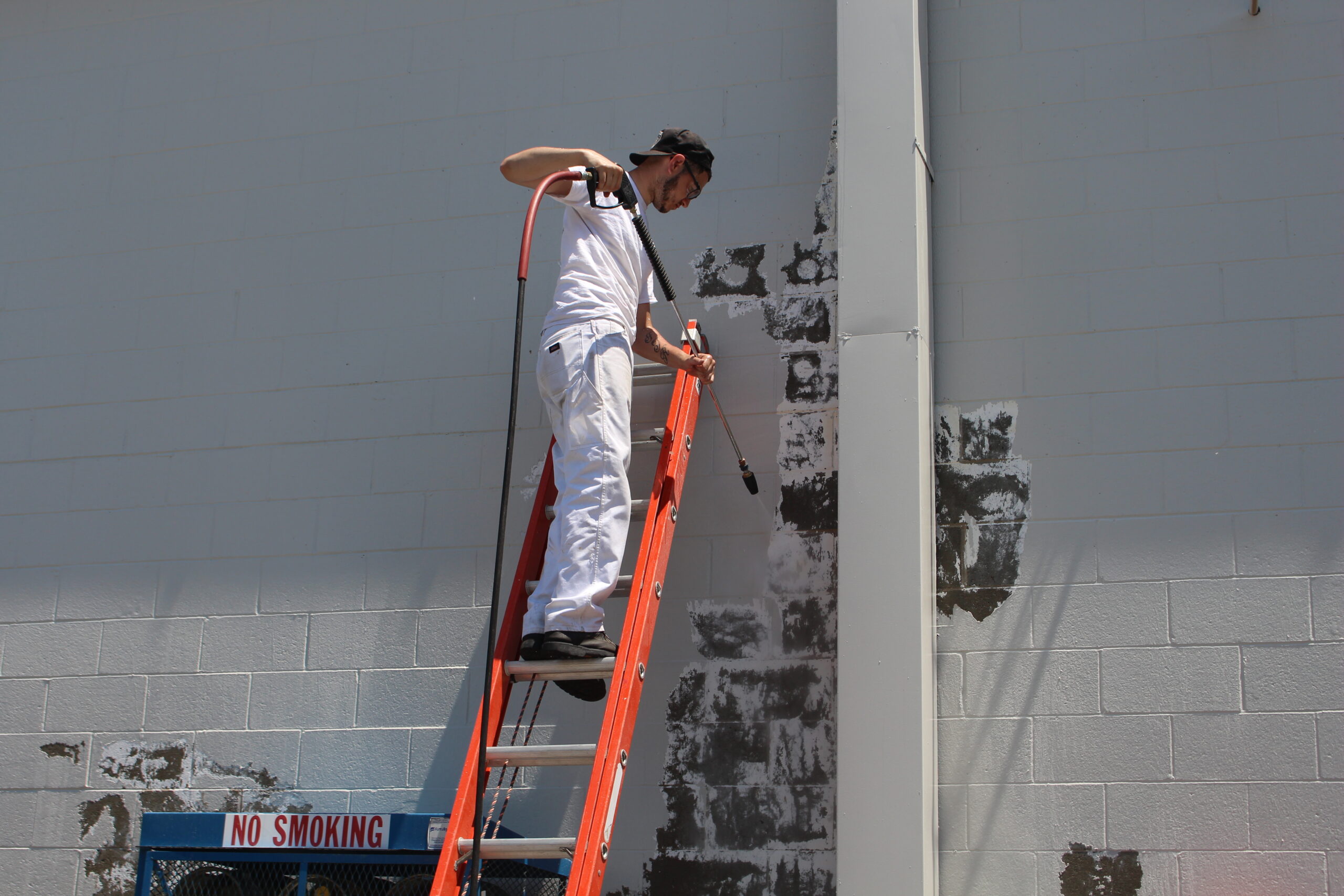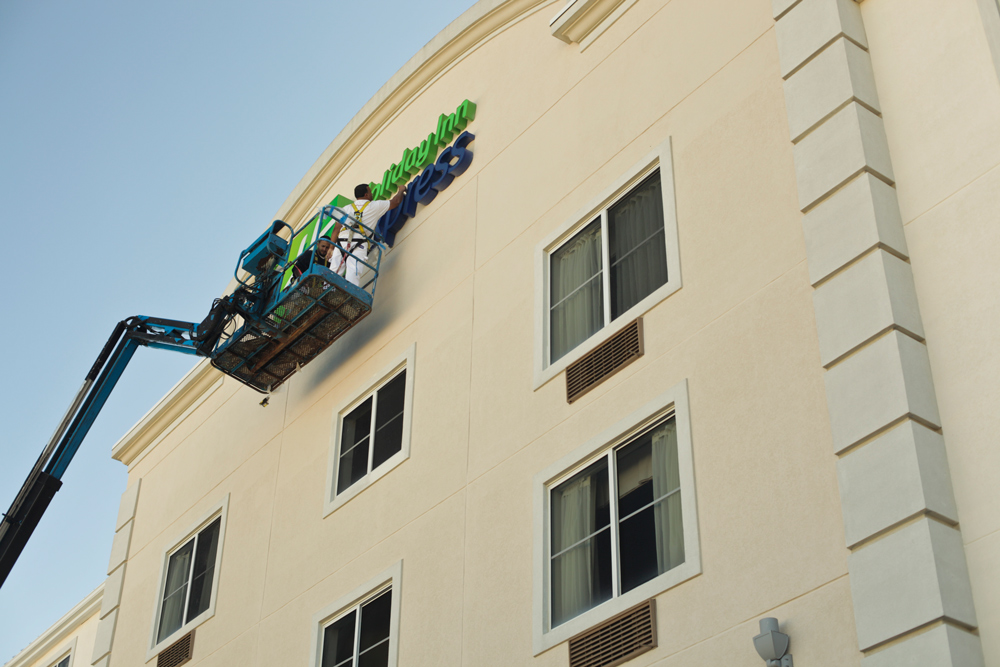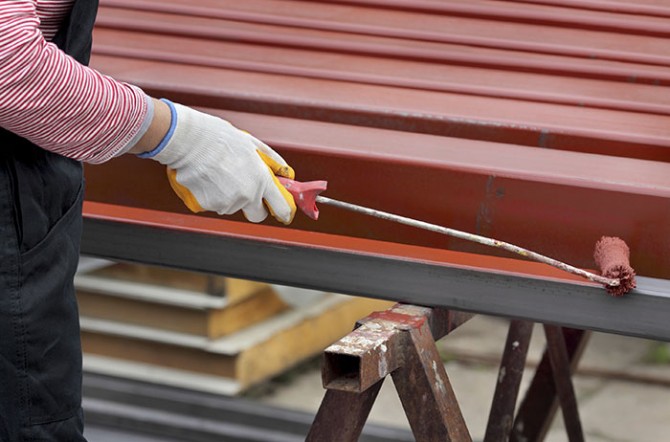
When it comes to painting, no two surfaces are alike. Whether you are considering a do-it-yourself project on a metal storage building, your child has outgrown their baby pink bedroom, or you are ready to paint over that dreaded 70’s wallpaper in the foyer, each task requires different pre-treatment, paint, and technique. A residential and commercial painting company, at re:fab we have painted nearly every type of surface imaginable and we’re happy to provide this short list of tips for painting different surfaces.
Painting Metal Surfaces: The painting of metal surfaces can be easy if the surface is smooth and clean, however different metal surfaces need different paint products depending on the type of metal. Before painting, be sure to clear the surface from dust, dirt, grease, moisture, rust, etc. If there are any dents or imperfections, you will want to apply paste filler and corrosion resistant. Nonferrous metals like aluminum, galvanized tin or iron will require a quality metal wash primer. When its time to paint, be sure the primer coat is completely dry and allow the first coat to dry completely before wet sanding a moving on to a second coat. The best paints for metal are Satin Enamel, Synthetic Enamel or Glass Enamel.
Painting Interior Walls: The majority of wall paint sold today is water-based due to its easy cleanup, quick drying, flexible finish resistant to cracking, and stable color over time. However, oil-based paints have remained popular for glossy woodwork, doors and furniture, as well as demanding surfaces such as floors. At re:fab, we recommend a water-based paint for your interior wall painting. Similar to metal surfaces, be sure to ensure the walls are clean, apply a primer it painting over dark colors, and give ample time for the first coat to dry before applying the second coat.
Painting Over Wallpaper: While a bit more difficult, it’s entirely possible to paint over wallpaper – if properly prepared – and breathe new life into your home. First, prepare the wall by removing any loose wallpaper, nails and switch-plates. You will then want to paint the wall with either a shellac or oil-based primer. If you use a water-based primer, this can lift off the old wallpaper and cause problems. Primer will not only cover stains, it will point out deficiencies in the wall that you can then fix with drywall compound – including seams. You may need to apply a second coast of primer once you have the surface to your liking. When painting, use an eggshell paint or washable flat paint, as these will offer a lower sheen and will help hide any remaining irregularities. As always, make sure the first coat is dry before moving on to the second.
As one of New England’s leading painting companies, it would be our great pleasure at re:fab to assist you with all your painting projects – big and small. We service the needs of both commercial and residential clients, and have been doing so for over 30 years. Whether you’re painting one room or need a consultation regarding your commercial building, we are always just a phone call away. Want us to help on your next painting project? Please feel free to submit a request for a free estimate and we will be happy to contact you! We look forward to hearing from you soon and to helping you with all your painting needs.


